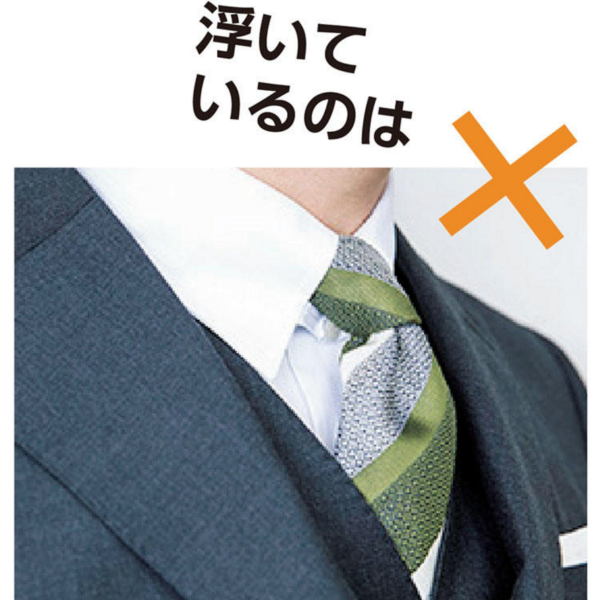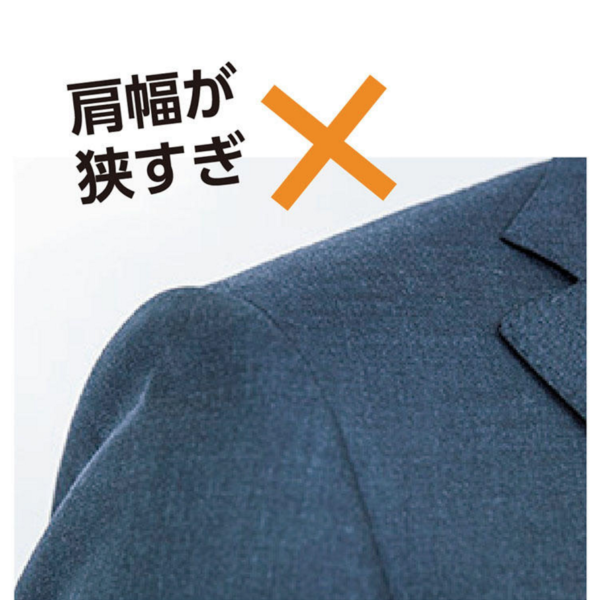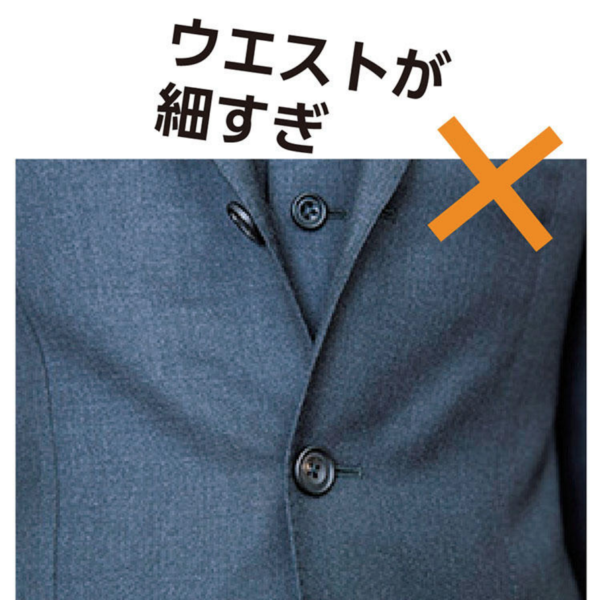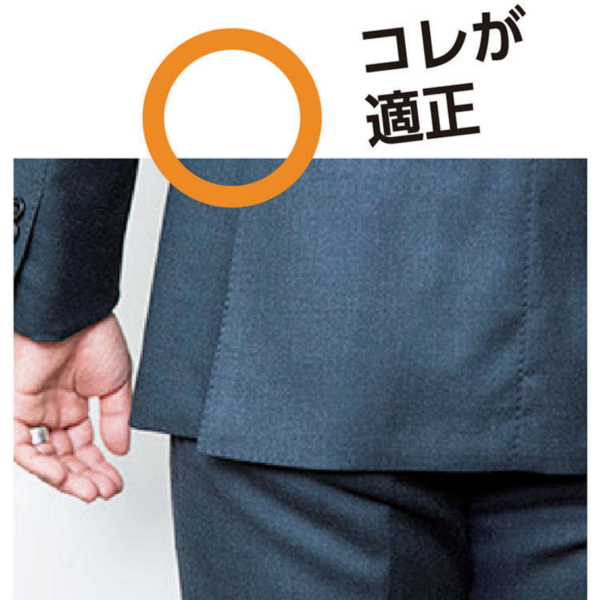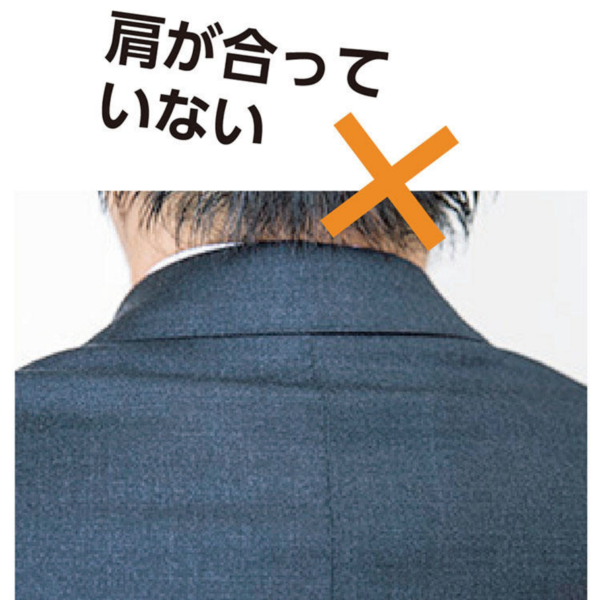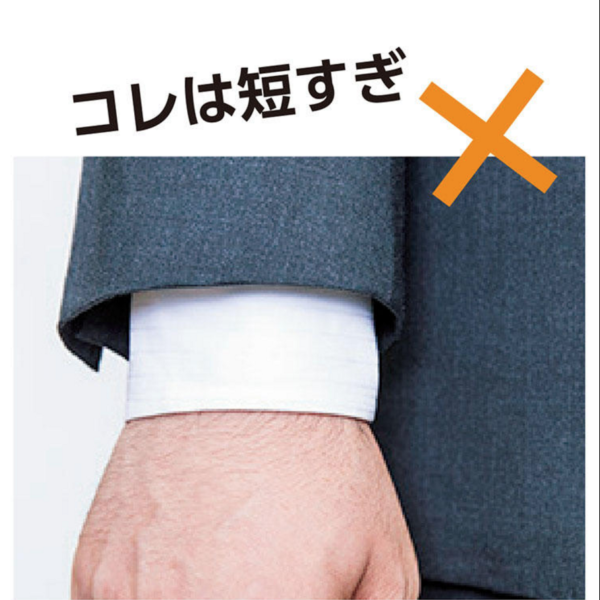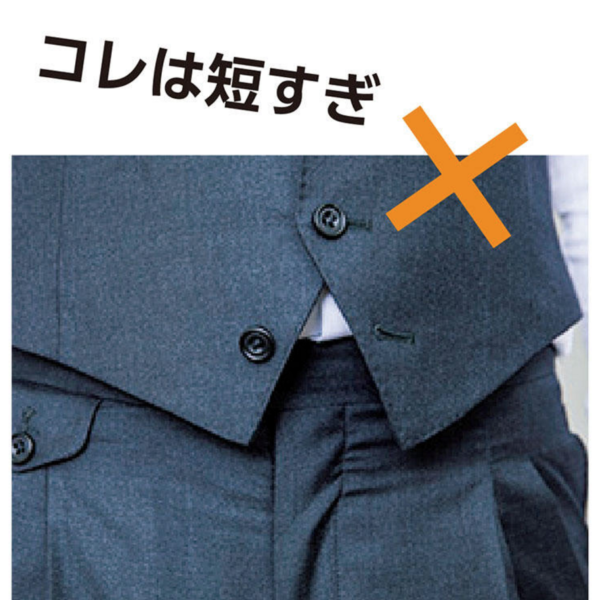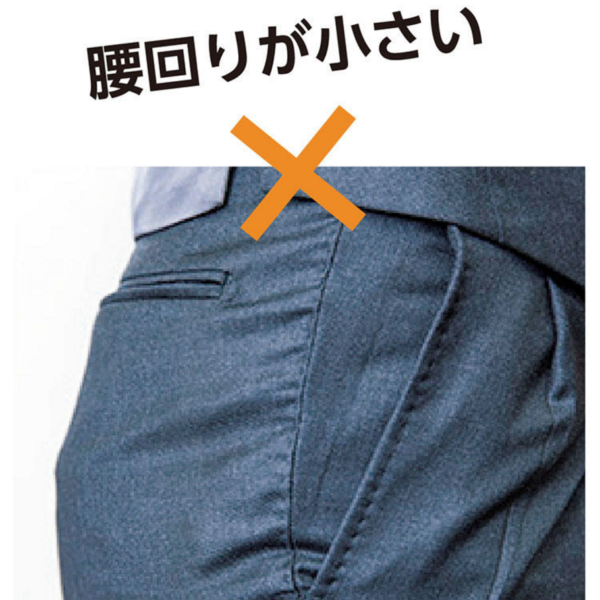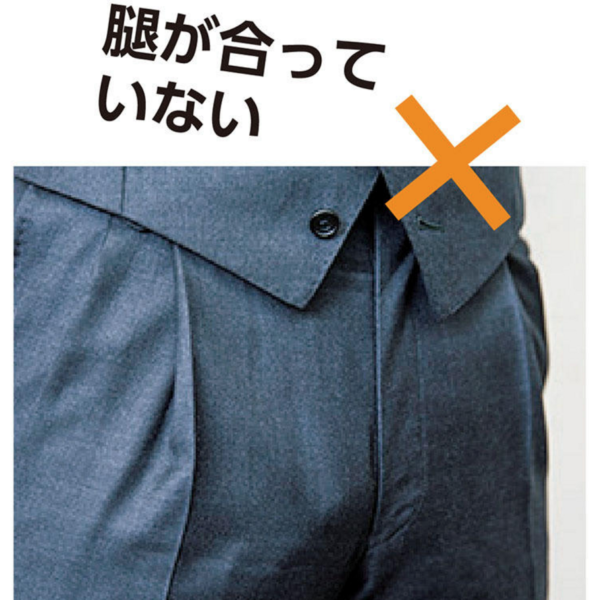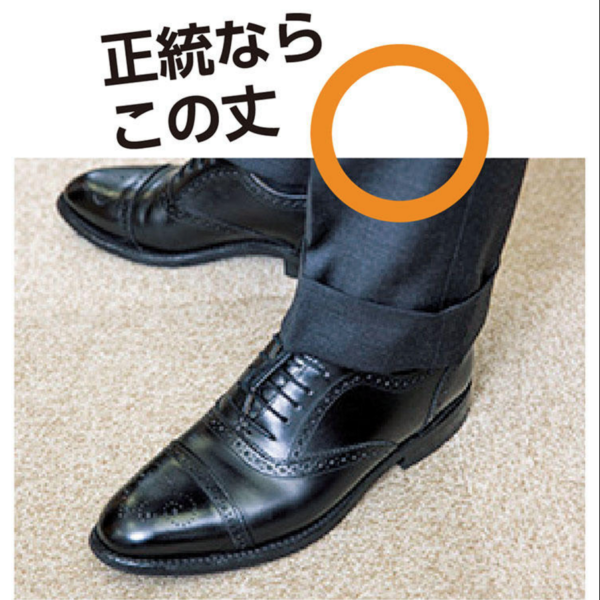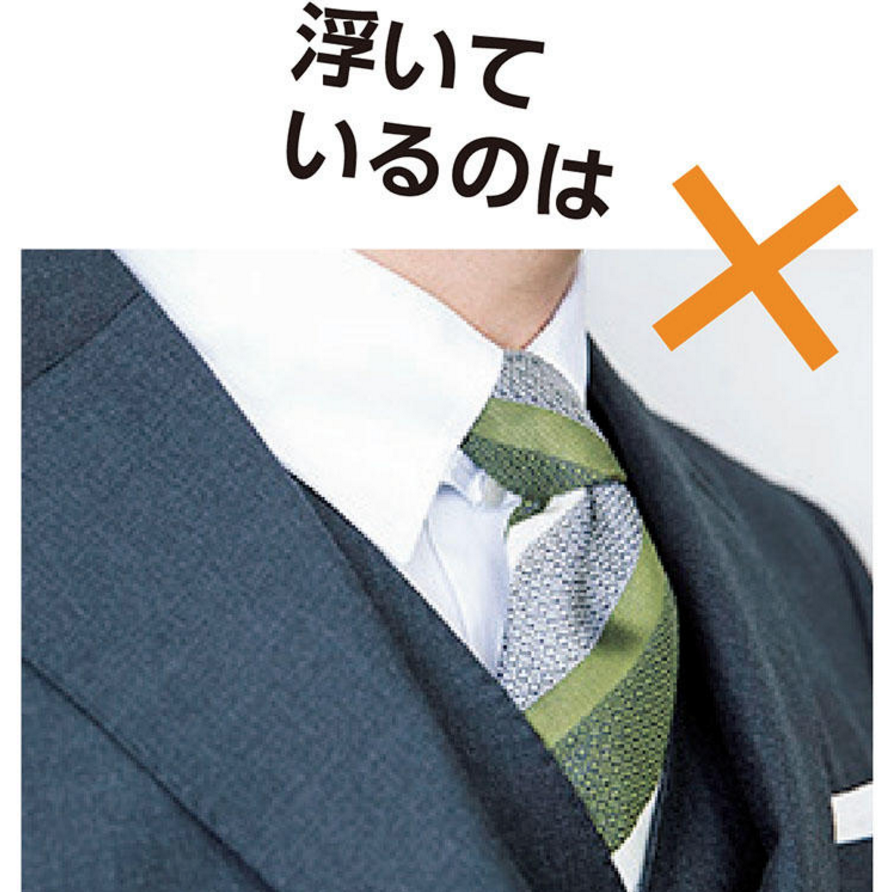
In all the years I’ve been reading menswear magazines, the Japanese have always made the best suit guides – especially on issues such as fit. US publications either follow trends too heavily or they give outright bizarre advice. I still remember the article I read a few years ago, where some NYC writer said you should never be able to fit your fist between your chest and suit jacket. (If you can’t, there’s a good chance your jacket is made from Saran wrap).
Here’s a good, easy-to-follow guide from Men’s Ex, one of the best Japanese periodicals on tailored clothing. Men’s suits and sport coats can take many forms, and have many silhouettes, but they all conform to the same principles on fit. Don’t believe a sales associate when he or she says the pulling you see on your jacket is “just how they do it in Italy.” Or “that’s the style.” They’re just trying to make their sales commission.
A quick run through, in order of photo appearance:
- Chest: The lapels shouldn’t buckle away from your chest. If they do, your jacket is too tight.
- Sleevehead: The upper part of the sleeve, which is known as the sleevehead, shouldn’t have indentations. There are many things that can cause dimples here, but they all indicate a poor fit.
- Waist: When you button your jacket (which should always be the center button on a three-button coat, or the top button on a two-button coat), the button shouldn’t pull.
- Vents: The vents on your jacket shouldn’t flare out when you’re standing still; they should stay closed. If you have stitching here, remove it with a seam ripper. Otherwise, you will look like a huge doofus.
- Back: On new jackets, you’ll often find the cloth rolls at the bottom of your neck, somewhere between your shoulder blades. Don’t worry; this is common. An alterations tailor can fix it for you. But get it fixed.
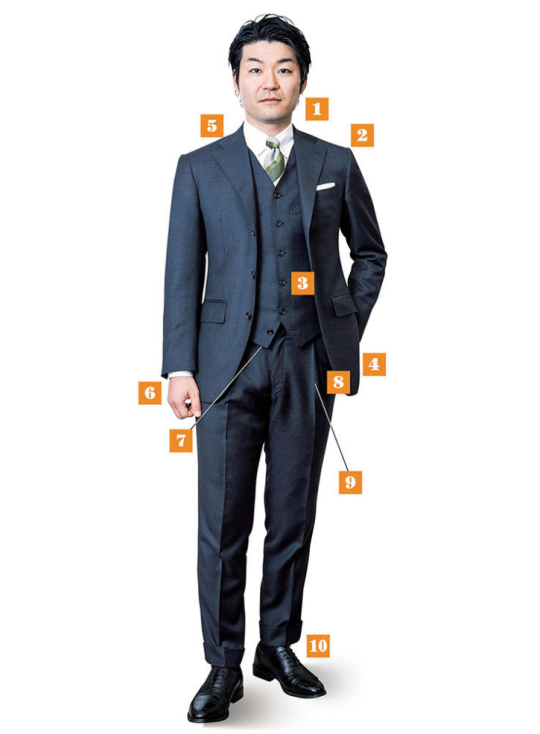
- Sleeves: It’s up to you on how much shirt cuff you want to show, but you should always make sure some shirt cuff peeks out from under your jacket’s sleeves when you’re standing naturally. This is the easiest and cheapest way to make a suit look better. Just be sure to not show too much cuff – half an inch is max.
- Vest: If you wear a vest, make sure the shirt doesn’t peek out. This shows your vest is too short and your pants too low. The same can happen with two-piece suits (avoid those). This ruins the clean lines on a suit, and will be especially noticeable if you wear a belt.
- Pants: The side seams on your trousers shouldn’t pull. Your hip pockets also shouldn’t flare out. If you see either of these things, your pants are too tight.
- Pleats: If your pants have pleats, they should stay closed when you’re standing still. If they flare out like this, your pants don’t fit.
- Break: Your trousers should gently break over the top of your shoes. The little dimple you see in the photo is known as a break, and you can either get a single break or no break at all. Just get your pants hemmed in a way so they don’t terminate in a puddle of fabric around your ankles, or show your socks when you’re standing still.
You can see the full guide on Men’s Ex’s website. Two things I’d add: the jacket’s collar should always stay on your neck, even when you move around. A collar that floats off your neck like this is the clearest indication your jacket doesn’t fit. Your sleeves should also remain fairly clean when you’re standing naturally. This is known as the sleeve pitch.
Some things here are easy to alter off-the-rack, such as that collar roll between your shoulder blades. Others, such as a jacket that buckles away from your chest, will be expensive – if not impossible – to fix. Consult your tailor and sales person, and don’t buy stuff that fits poorly.
If you’re interested in reading more guides on fit, we have two guides for shirts, two guides for pants, and a general checklist for tailored clothing. We also have a guide on how to tell if your suit jacket or sport coat is too long or short; how to tell if the shoes you bought online fit well; and a whole tag where you can explore fit issues in clothing.
